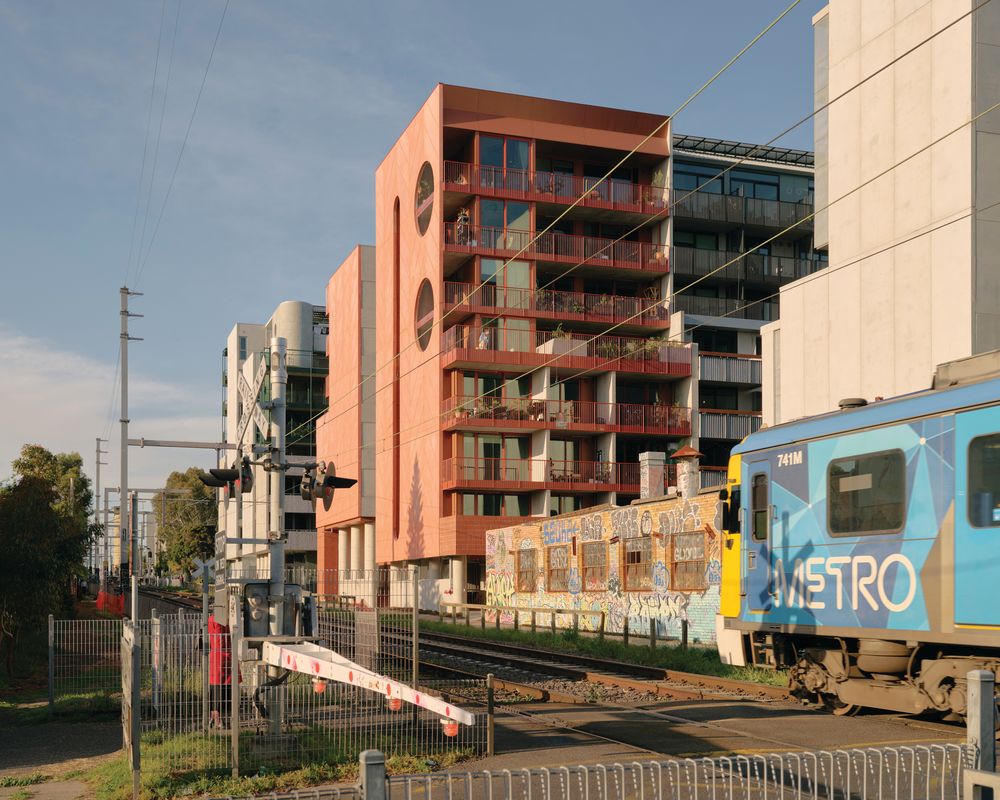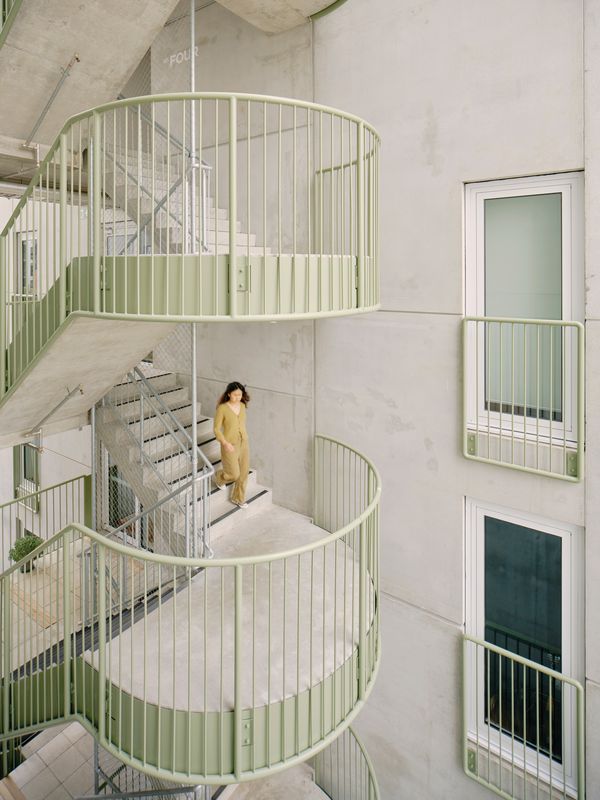Nightingale Village
In an essay on the fragmented “disurbanism” of Atlanta written 25 years ago, Rem Koolhaas discussed John Portman’s approach to architecture and development. Koolhaas described Portman’s combination of the roles of architect and developer as a “self-administered Faustian bargain,” which eliminated necessary creative tension. According to Koolhaas, Portman’s megastructural projects allowed “the vision of the architect [to be] realised without opposition, without influence, without inhibition.” The history of the architect-as-developer model has been complex, with some successful examples like Solidspace in London or architect-led Baugruppen in Berlin, while others are merely speculative, small-scale homebuilders seeking to capitalize on entrepreneurial city-making. Portman himself viewed his hybrid career as a way to enhance architectural agency and elevate the importance of design within the development equation, enabling him to “design the city… not just the individual buildings.”

Nightingale Village, a housing development project in Melbourne, Australia, is making a name for itself in the architecture industry for its innovative approach to sustainable housing. What sets Nightingale Village apart is the unique role of architects as developers, taking on not just the design but also the financial and construction aspects of the project.
The project was born out of a desire to provide affordable and environmentally sustainable housing that puts the needs of people and communities first. The developers believe that architects are uniquely positioned to drive the creation of socially and environmentally responsible housing models, given their training in design and attention to detail.

The development comprises seven multi-residential buildings, with a total of 209 apartments, all built with sustainable design features such as solar panels, rainwater harvesting, and green roofs. One of the key features of the development is that the apartments are sold at cost directly to owner-occupiers, cutting out the profit-driven middlemen that drive up housing prices.
Nightingale Village also places a strong emphasis on community spaces and facilities, such as a rooftop garden, shared laundry facilities, and a bike repair station. These spaces are designed to encourage social interaction and reduce the need for individual resources.

The project’s collaborative and innovative approach involves architects, developers, and community members working together to create a socially responsible and sustainable housing model. This is a departure from the traditional top-down approach to development, where developers dictate the design and function of buildings without input from the communities that they will serve.
By taking on the role of developers, architects in Nightingale Village are breaking down the boundaries between disciplines and redefining the traditional role of architects in the building process. They are demonstrating that architects have a crucial role to play in driving socially and environmentally responsible building practices and that they can act as a force for positive change in the housing industry.

The Nightingale Village project has received international recognition for its innovative approach to sustainable housing, and it has inspired similar projects in other cities around the world. The project serves as an excellent example of how architects can use their skills and expertise to create positive social and environmental outcomes, not just in the built environment but also in society as a whole.
In March 2023, Alexis Kalagas posted the article “Nightingale Village” at ArchitectureAU.com. See the full article at ArchitectureAU.com.